How to Avoid Shadows in Indoor Photography: 12 Tips & Tricks
Last Updated on
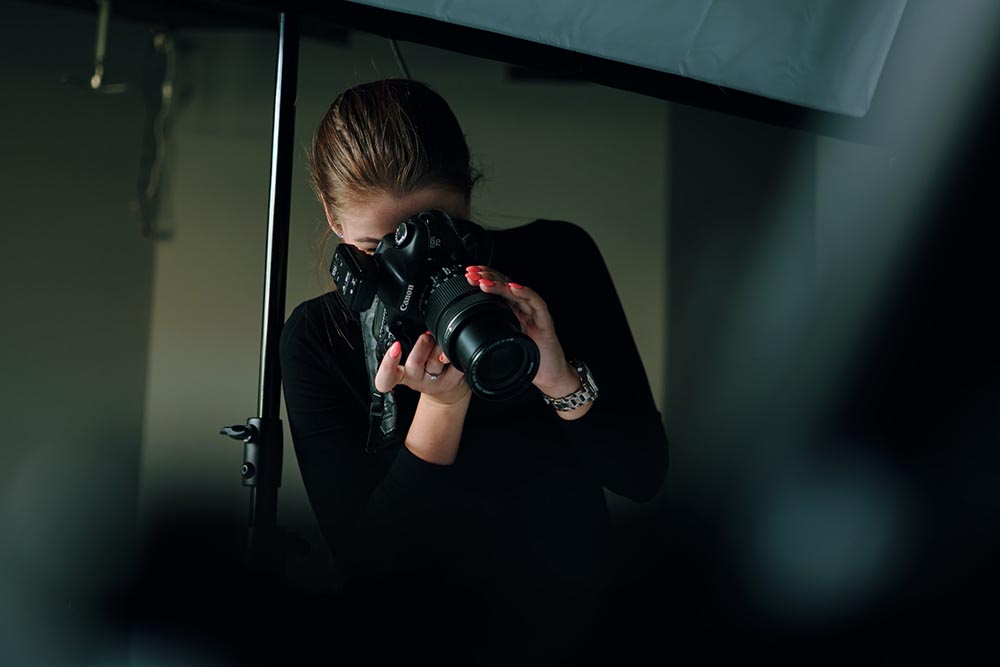
The bane of all indoor photographers is unsightly shadows. Due to the flash, many beautifully designed photos come out with shadows behind the individual. This is a scenario that all photographers face in their careers. The trick is learning how to take indoor photographs without shadows present.
In this article, we are going to learn the top 12 tips and tricks for avoiding shadows in indoor photography. We cover tips for both flash-free photography and flash photography to ensure you get the final image you want.
Let’s take a look at these tips so you can start taking fantastic indoor photographs today.

Before You Start
Flash vs. Flash-Free
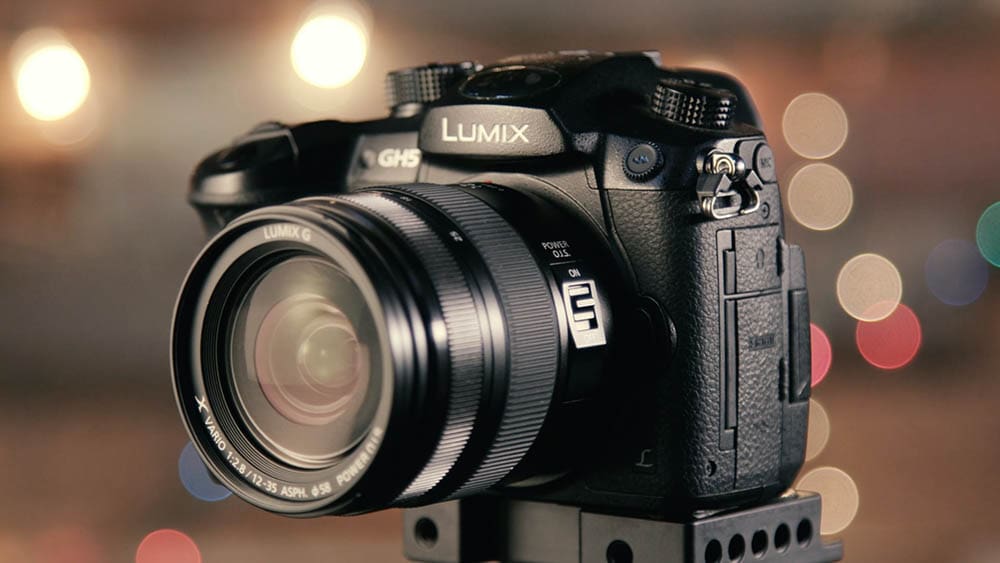
Before we dive into the tips and tricks for avoiding shadows, it’s important to understand that the best method for you depends on whether you are taking photos with or without the flash. The presence of flash will change the technique you need to use to get the best photo.
To make things a bit easier, we have organized these tips based on the presence of flash. The first five tips cover photographs where the flash is being used, whereas the remaining tips are for flash-free photographs. Let’s take a look.

The 12 Tips to Avoid Shadows in Indoor Photography
For Photos Using Flash
Taking an indoor photo without a shadow is incredibly difficult if you are using flash. Often, the flash causes a harsh-looking shadow since the flash occurs above the camera lens. Here are the top tips for avoiding shadows whenever you’re taking photographs with the flash on:
1. Move the Subject
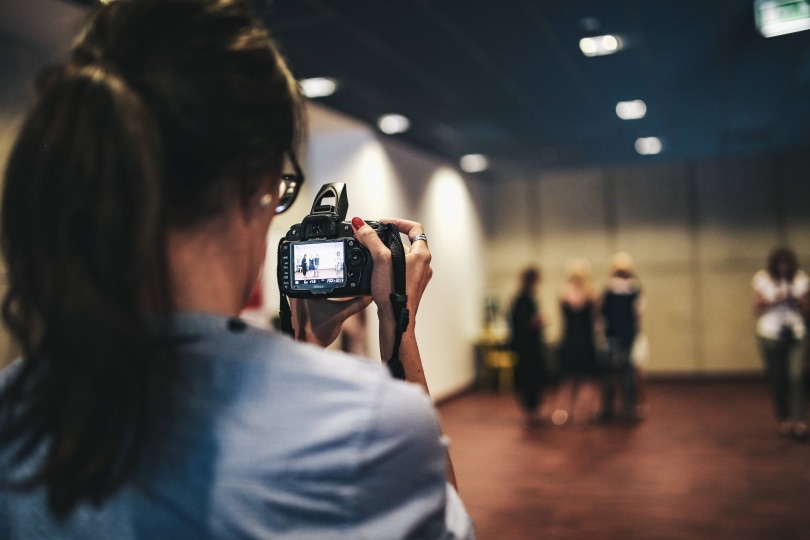
Move the subject so that it is further away from the wall or backdrop. Just a few steps forward can sometimes fix the problem.
2. Bounce Flash
Small light sources produce more shadows than big ones. You can replicate a large light source by bouncing the light off a white ceiling or wall. You will need a flash using a head that swivels and tilts since built-in flash does not work for bounce photography.
3. Move the Flash
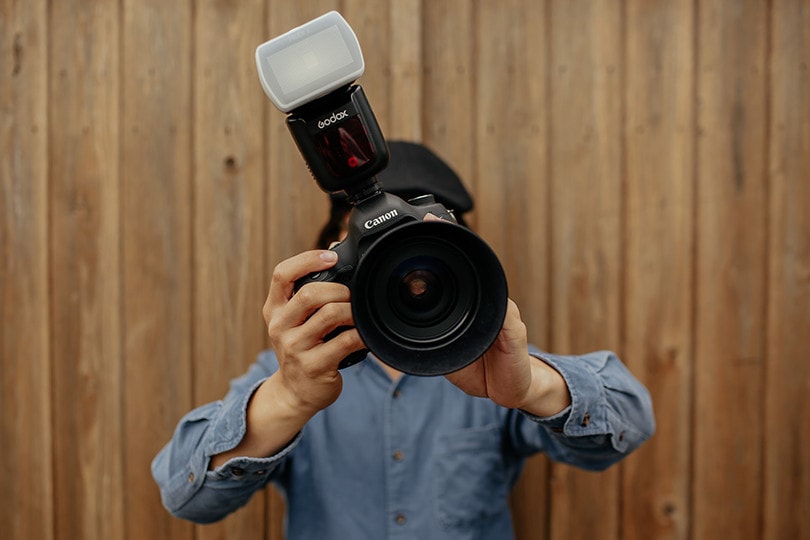
Change the position or location of the flash. You can try holding the auxiliary flash in your free hand whenever you shoot the picture.
4. Change the Power of Your Flash
Changing the power of the flash, especially when you turn it down, often reduces shadows. You can dial down the power using TTL flashes. You can also try to diffuse the light using a diffusion dome.
5. Use a Flash Bracket.
If you are a more experienced photographer, you can try the flash bracket technique. Flash bracket techniques are more difficult to perfect and are more expensive, but they often have the most professional finish.
For Flash-Free Photography
If you are taking indoor photographs without flash, you will need to try different tips and techniques for avoiding shadows. Here are the tips we recommend whenever you are taking flash-free photographs:
6. Use a Tripod
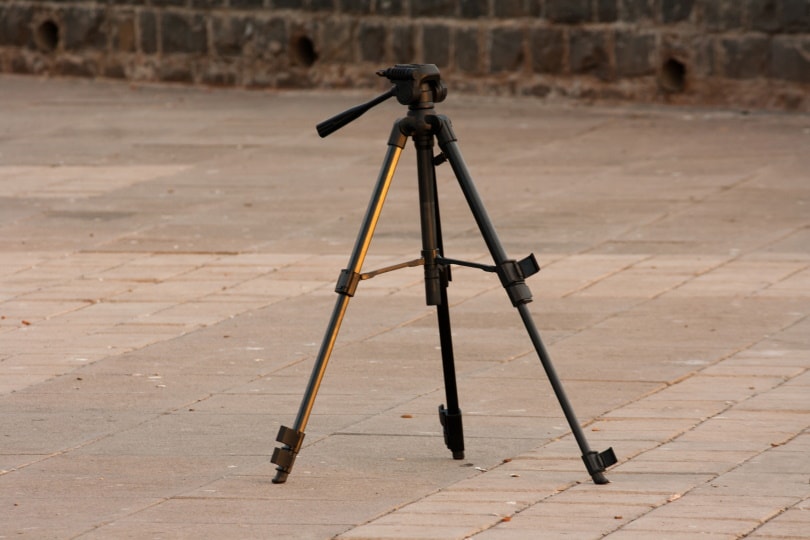
One of the easiest ways you can reduce shadows is to use a tripod. The tripod is a must for getting stable pictures, and it is essential for some of the next tips we will look at.
7. Slow Shutter Speed
Whenever you lower the shutter speed, more light will reach your camera. Consequently, there will be less shadow in the photograph. You will need a tripod to get a clear photo if you’re using a slow shutter speed, though.
8. Open Aperture
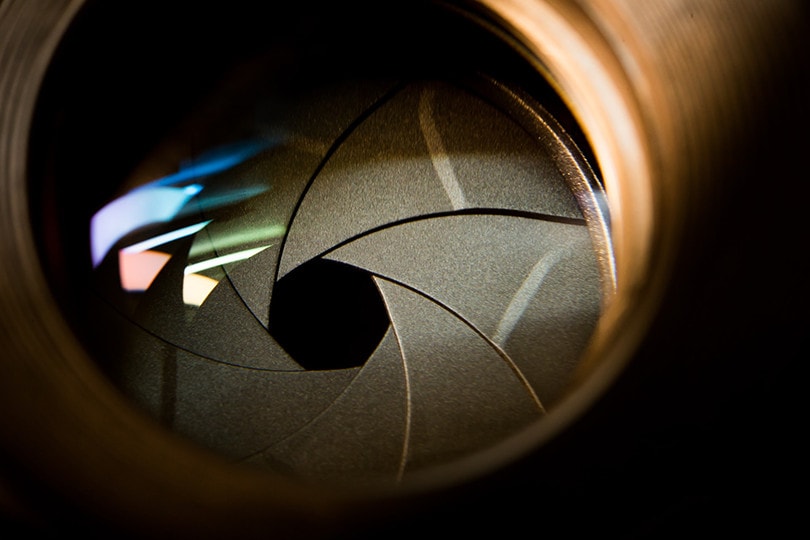
Aperture is similar to shutter speed in that it allows more light to reach the lens as well. Open up the aperture in order to reduce shadow in auto settings. A tripod will help a lot in this case, too.
9. Increase ISO
The ISO allows your camera to be more sensitive to lighting. Increasing the ISO can reduce some shadows, but you have to be careful because a high ISO can cause pixelations or noise in the picture.
10. Use Natural Light
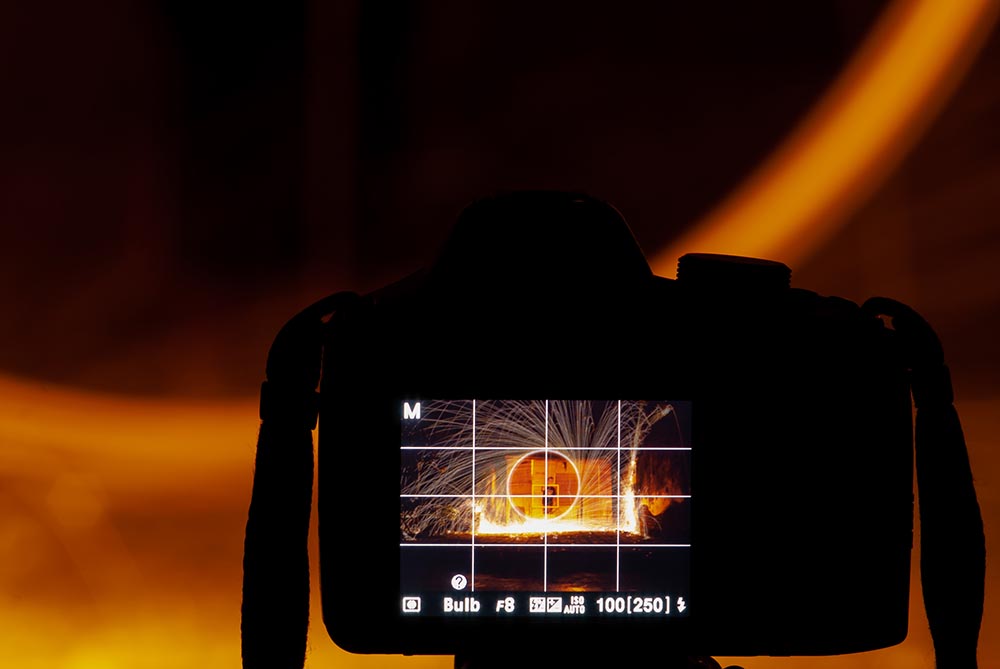
If you open a door or window, you can reduce shadows by using natural light. Be careful when you use this method in order to get the final product you want. North-facing windows typically have softer light. More so, light that comes directly through the window will not create a diffused light. Use this information to use natural lighting strategically.
11. Use Bulbs
You can try to place a soft white bulb around the subject. Something as simple as a lamp with the shade removed will work. It’s a good idea to keep the bulb a few inches higher than the subject.
12. Make the Most of White Balance
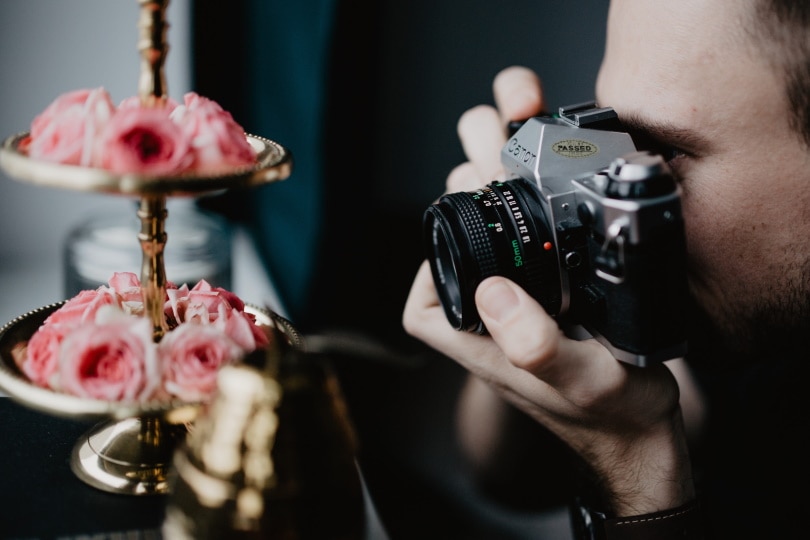
If you are taking your images in JPEG format, set the white balance. Don’t use automatic white balance either. Select a specific light source and edit it accordingly.
Bonus: Experiment and Test Out Different Techniques
If you are just beginning to learn about indoor photography, we recommend experimenting with these different techniques. That way, you can figure out which techniques work best for you in individual circumstances or scenarios.

Final Thoughts
In order for your indoor photography to look professional, it’s essential to remove unwanted shadows. To do this, you have to determine if you are using flash for the pictures. From there, you can select from one of the 12 tips above to reduce shadow in your indoor pictures.
See also:
- 30 Photography Ideas for Beginners to Get You Inspired
- 25 Forced Perspective Photography Ideas to Get You Inspired
- 9 Clothing Photography Ideas to Get You Inspired
- Indoor Photography Lighting
Featured Image Credit: Szabo Viktor, Unsplash
About the Author Robert Sparks
Robert’s obsession with all things optical started early in life, when his optician father would bring home prototypes for Robert to play with. Nowadays, Robert is dedicated to helping others find the right optics for their needs. His hobbies include astronomy, astrophysics, and model building. Originally from Newark, NJ, he resides in Santa Fe, New Mexico, where the nighttime skies are filled with glittering stars.
Related Articles:
How to Collimate Binoculars: 9 Expert Tips
How to Clean a Rifle Scope: 8 Expert Tips
How to Choose Binoculars for Bird Watching: 10 Expert Tips
How to Clean a Refractor Telescope: Step-by-Step Guide
How to Clean a Telescope Eyepiece: Step-by-Step Guide
Monocular vs Telescope: Differences Explained (With Pictures)
What Is a Monocular Used For? 8 Common Functions
How to Clean a Telescope Mirror: 8 Expert Tips
